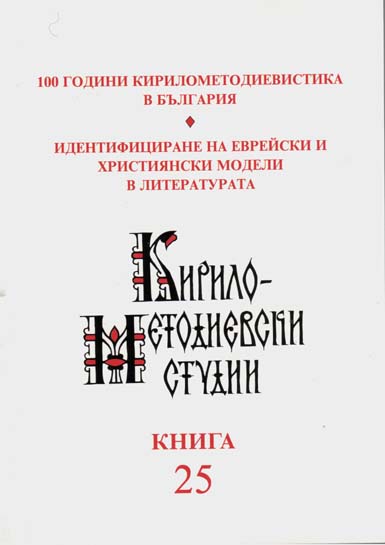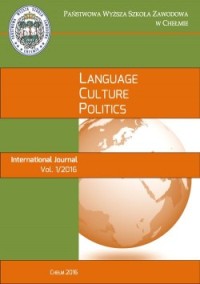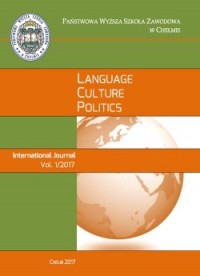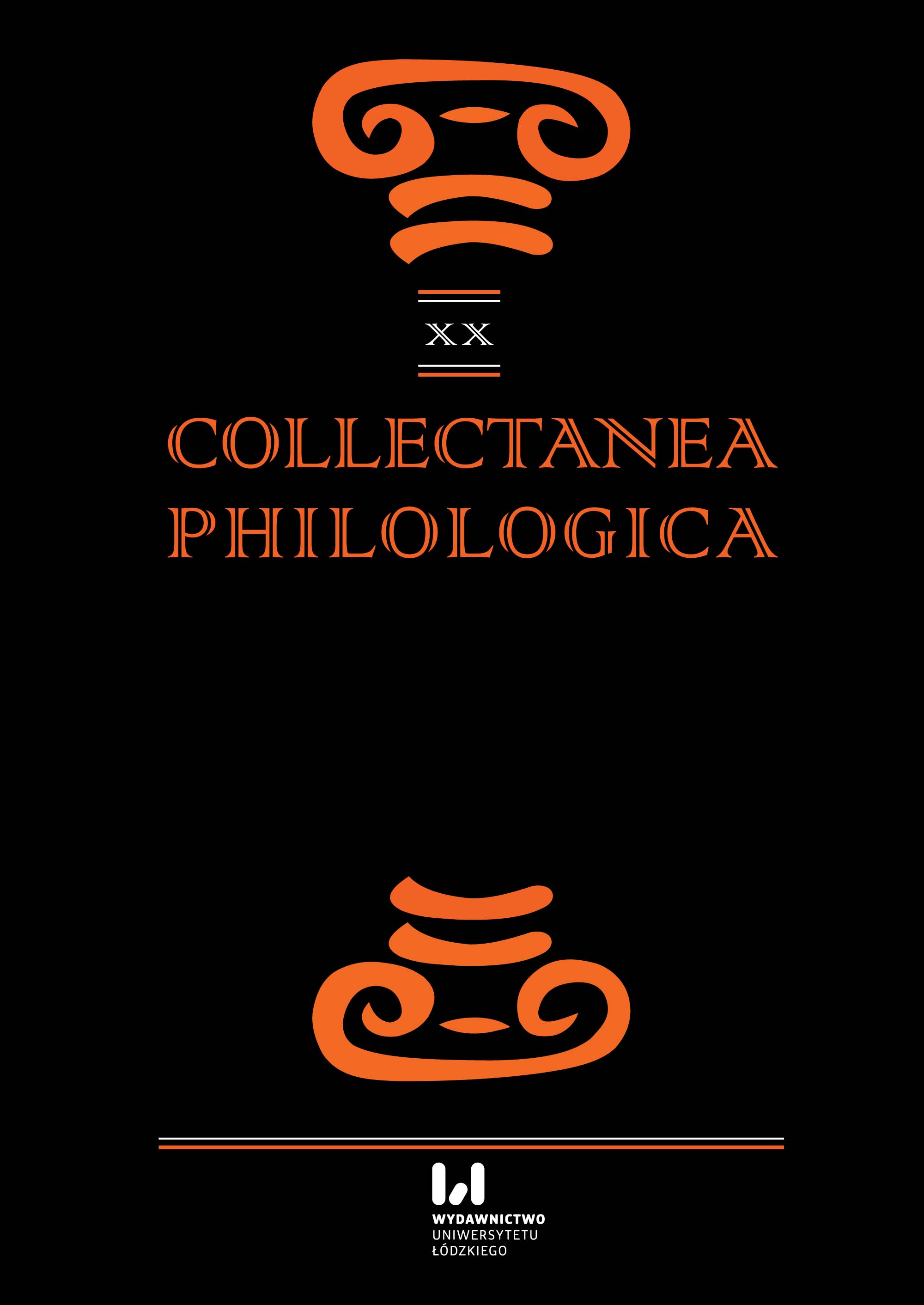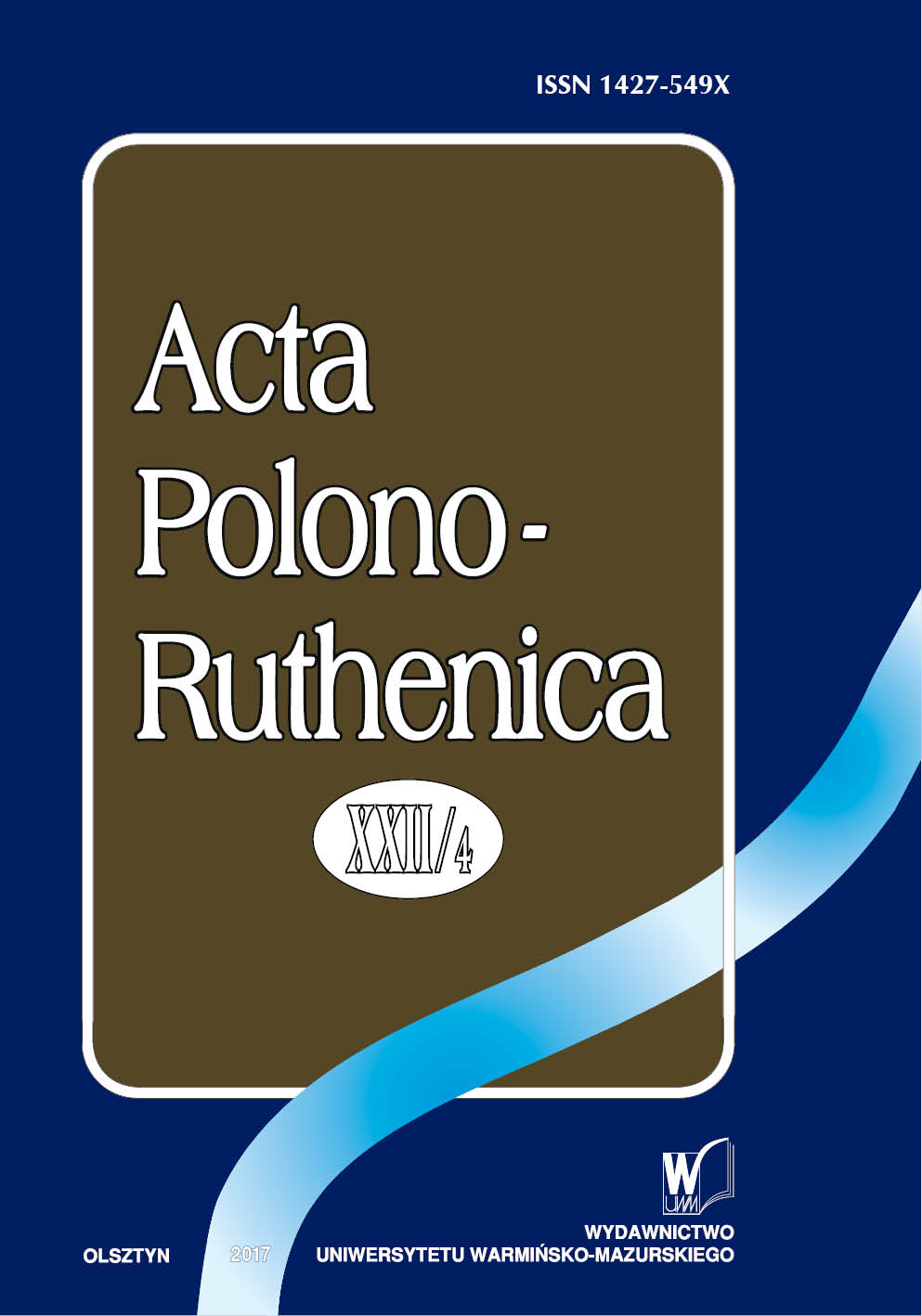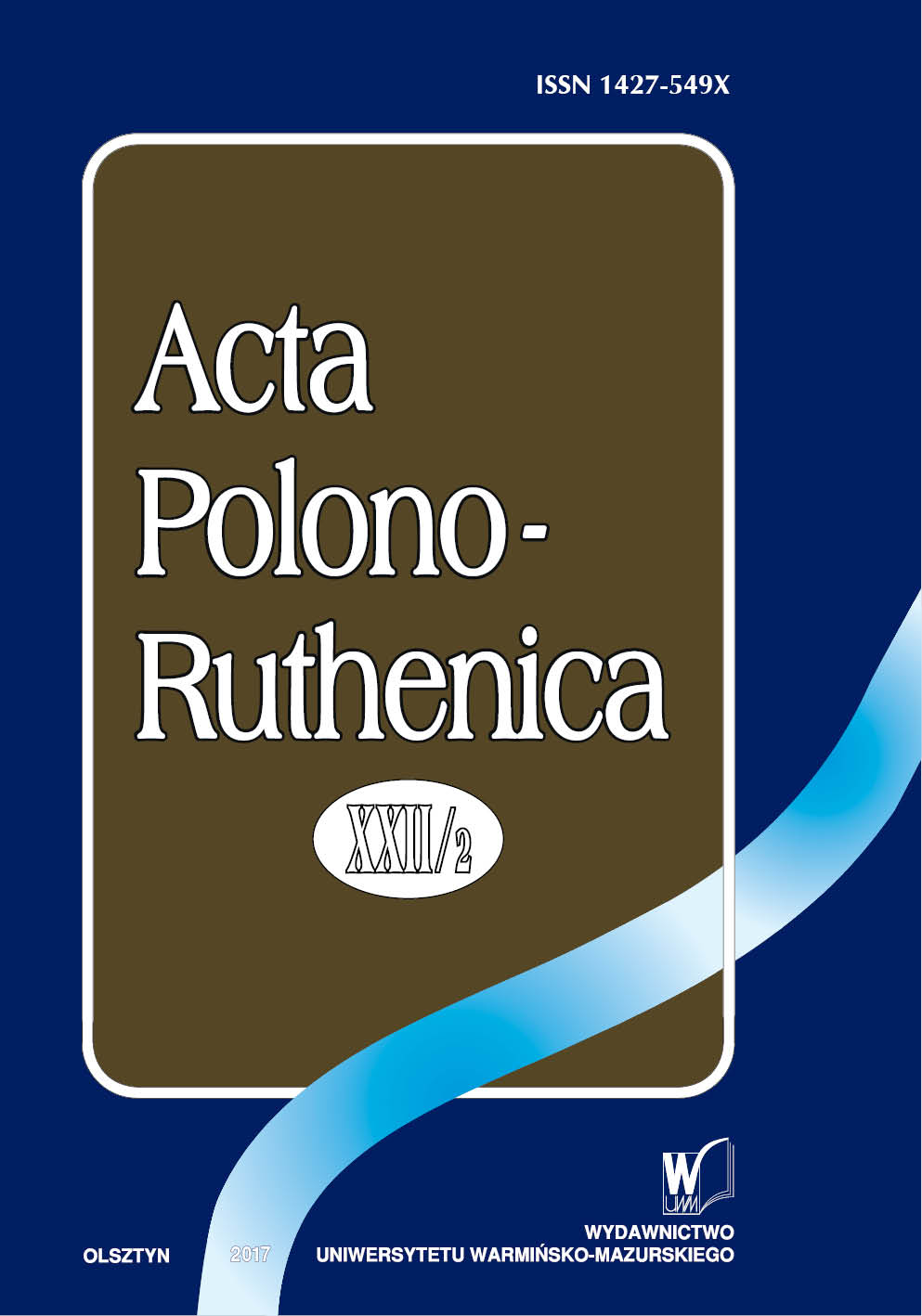
Nadieżdy Teffi związki z Polską
The contacts of the popular Russian humorist and the representative of the first wave of emigration with Poland begin at the level of family connections. Teffi used to visit Warsaw where she became acquainted with the representatives of the local literary world. Her works, translated into Polish, were published both by numerous magazines, separate collections and showed on stage. Polish themes appear in Teffi’s works too.
More...
